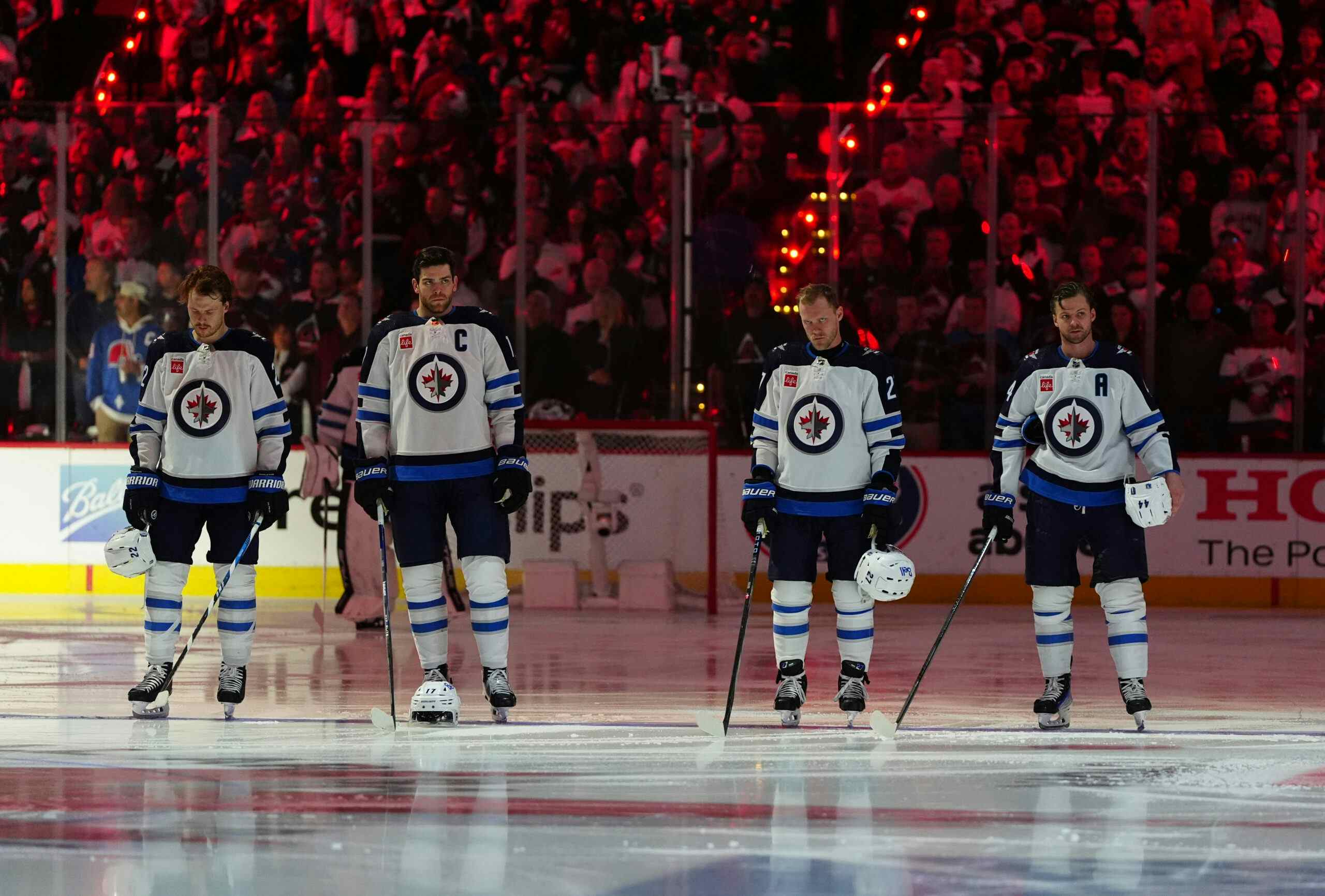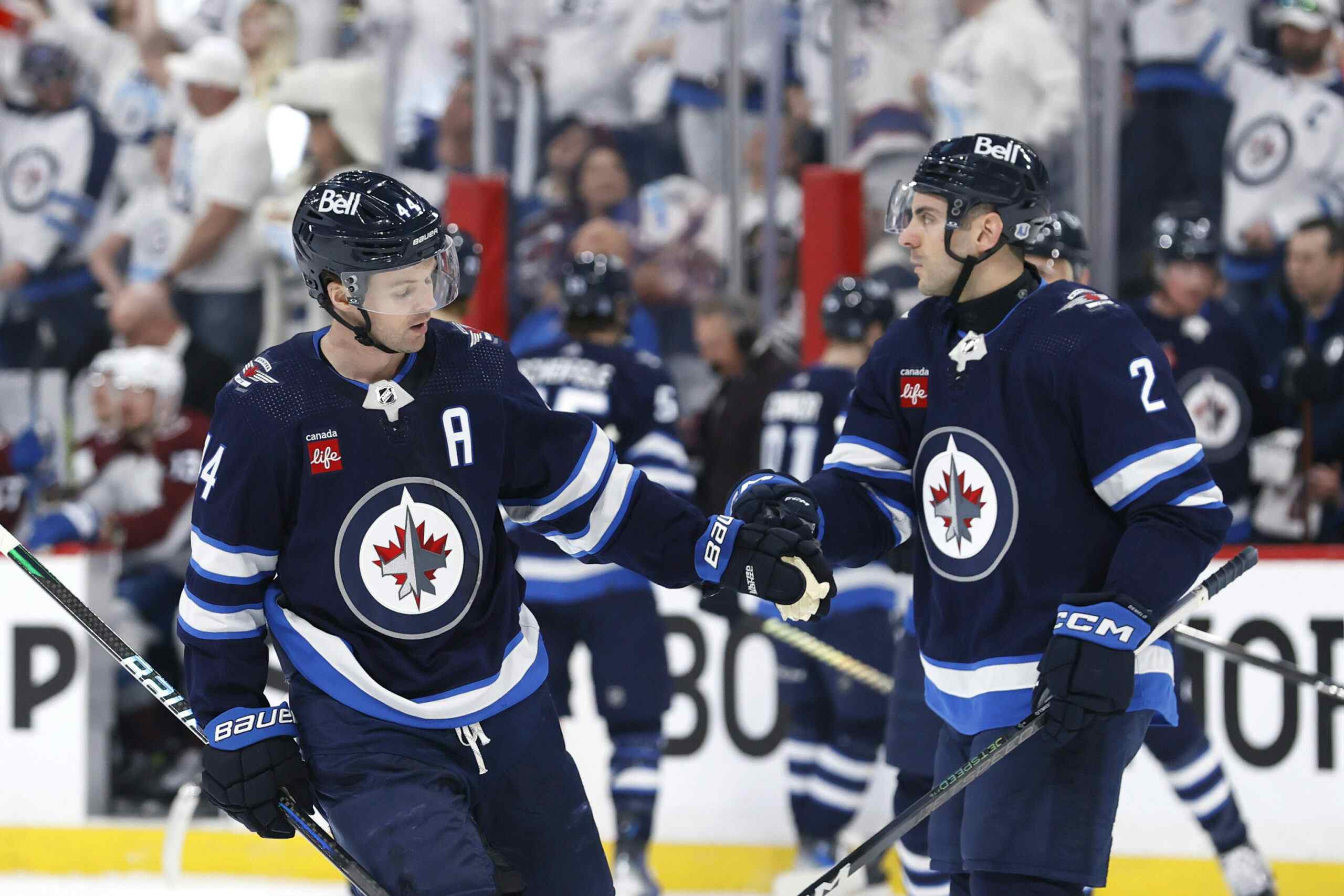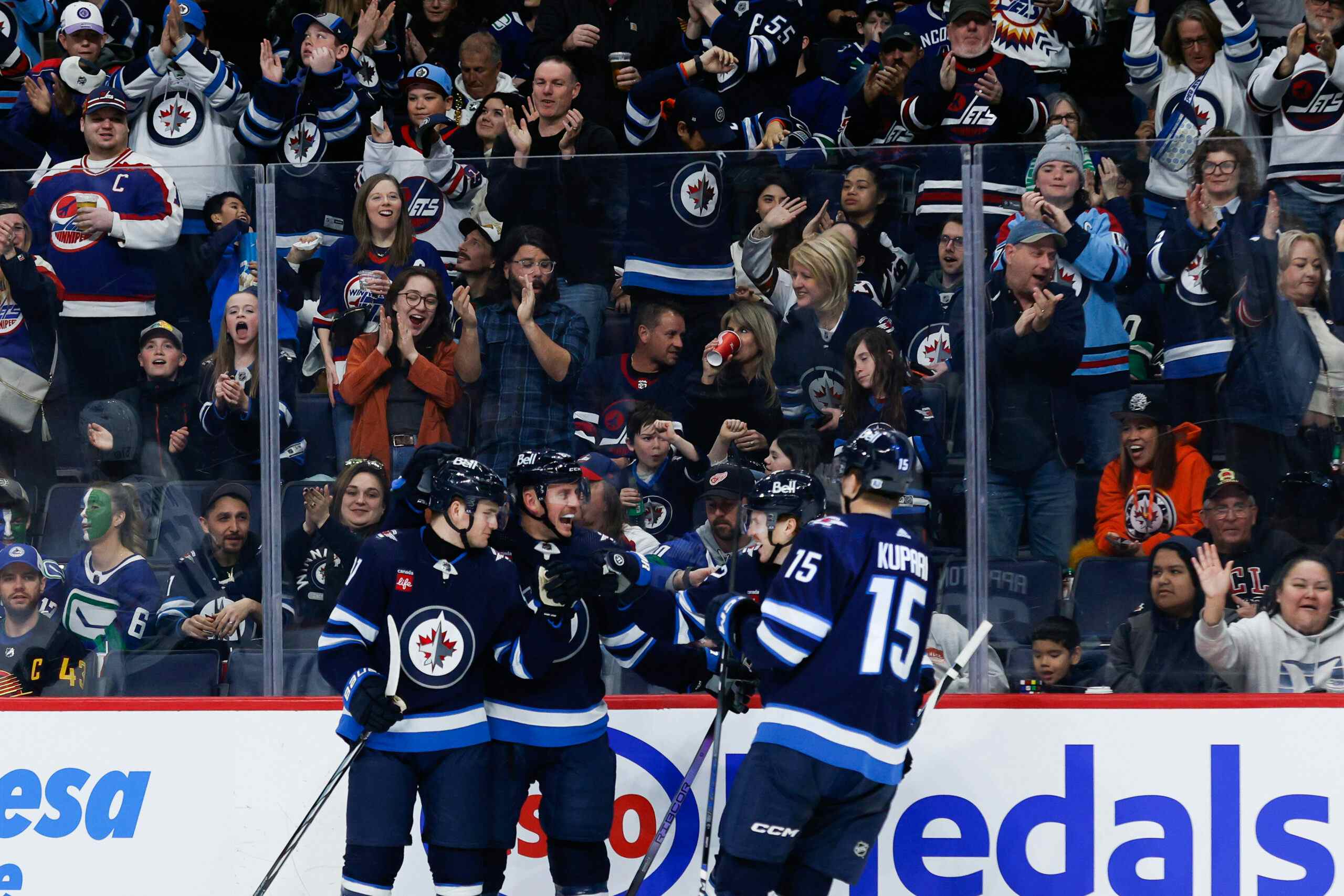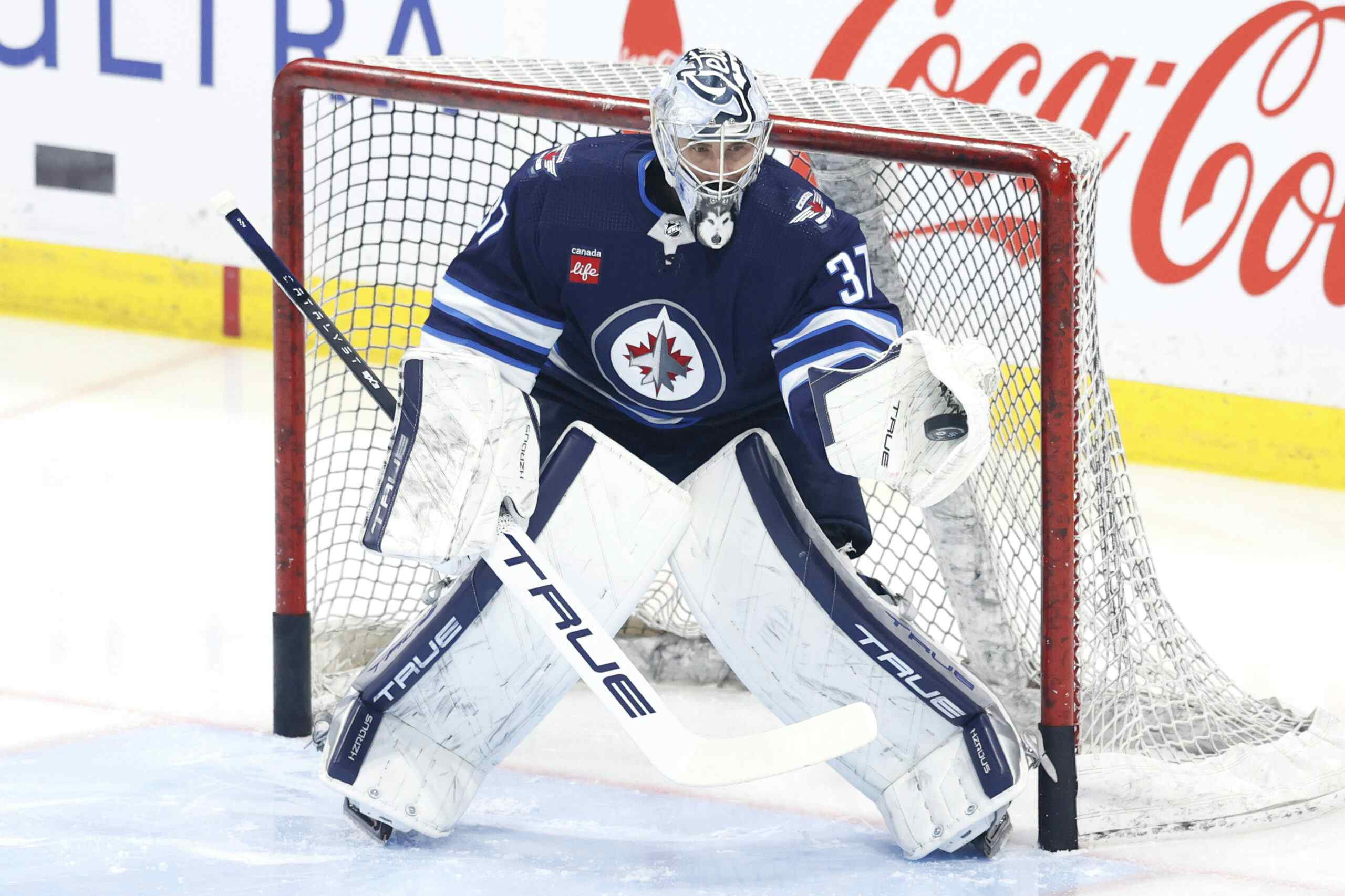A Closer Look At Chevy
By Jeremy Wiebe
7 years agoThe 2016-17 edition of the Winnipeg Jets have gone through more ups and downs than a roller-coaster at your nearest amusement park. Unfortunately, there have been more heartbreaking lows than exhilarating highs. As of this writing, the Jets sit three points adrift of the final wildcard spot with two teams ahead of them.
Jets fans have been understandably frustrated with the way this season has played out. Blame has been placed on various aspects on the team. Goaltending has been the subject of the most vitriol voices. The defence has also received some unkind words. The coaching staff has also come under criticism.
Yet, even though the franchise has made the playoffs only once in six seasons, general manager Kevin Cheveldayoff has escaped the brunt of harsh noises from the media. It should be noted that there is a vocal minority on Twitter who have pointed their attacks on Chevy. But they are the minority and none of them work for the main media outlets. Now I won’t suggest that the Jets should relieve Chevy from his duties but I do think his work here bears closer inspection both bad and good.
Trades:
Chevy is not known as a wild wheeler-and-dealer but in all fairness, the trade market has been quite stagnant. This is largely due to the fact that 13 teams have less than $2 million is cap space. That doesn’t leave much room for to manoeuvre for nearly half the league. It also takes away potential trading partners which drives the market value down.
When Chevy has pulled the trigger, it’s usually when he’s forced into a deal. Despite that, he’s actually done OK. The tracksuit scandal (if you can call it a scandal) saw Evander Kane and Zach Bogosian shuffle off to Buffalo with Drew Stafford, Tyler Myers, Joel Armia, Brendan Lemieux and a first round draft pick (Jack Roslovic.) To be fair, Stafford has been average at best and awful at worst. Myers has been good, when healthy. Problem is Myers has spent way too much time on IR since his arrival and one wonders if he’ll ever be 100%. Armia is a fine addition to the bottom six forward group though a bit more offensive production would be nice. Lemieux and Roslovic have yet to suit up in the NHL so the jury is out on both youngsters.
The second big trade Chevy made was dealing captain Andrew Ladd to Chicago for Marko Dano and a first round pick (which was subsequently dealt so the Jets could move up to select Logan Stanley.) Ladd was set to become an unrestricted free agent and after contract negotiations fell apart, the Jets dealt the captain. Ladd did sign a big contract with the New York Islanders where he has had a disappointing season so far. Dano bounced around between the Jets and the Manitoba Moose but it looked like he had a spot on the main roster until a lower body injury just before the New Year sidelined him. Stanley is considered a long term project who needs seasoning. There are questions on whether Stanley is a viable NHLer.
Free Agents:
Admittedly, Winnipeg is never going to be a big player in the free agent market. Whether Winnipeggers like it or not, the Manitoba capital will never be seen as a desirable place for players looking for a new home. It’s looked upon as cold, isolated and small. While the fans are passionate, it can be overwhelming at times. Players don’t have a lot of privacy and it can feel like they’re living in a bubble.
Chevy’s job isn’t easy here and with the exception of Mathieu Perreault and Shawn Matthias, he hasn’t been able to convince players that Winnipeg is a good place to play. Chevy’s main job is to keep the assets from leaving when they hit the open market. While Chevy has been successful in retaining the likes of Dustin Byfuglien, Blake Wheeler, Bryan Little and Mark Scheifele, he’s made mistakes as well.
Keeping mediocre players such as Chris Thorburn and Mark Stuart while letting the underrated Michael Frolik walk away for nothing was a big mistake. Frolik’s loss has been felt in the penalty kill unit in particular. In Frolik’s final season in Winnipeg (2014-15), the Jets ranked 13th in the penalty kill with a respectable 81.82% success rate. After Frolik’s departure, the Jets fell to 25th in 2015-16 with a 78.37% success rate. So far this season, the Jets sit 26th in penalty kill with a 77.46% success rate. Chevy has never replaced Frolik and the team has suffered.
Draft:
When this team arrived from Atlanta in 2011, management went with the draft and develop method of building this team. Chevy does have very good success in the first round. Scheifele (2011), Jacob Trouba (2012), Josh Morrissey (2013), Nikolaj Ehlers (2015) and Patrik Laine (2016) are major contributors to the Jets. Kyle Connor (2015) has seen time with the big club this season. Even though he’s with the Moose at this moment, his NHL future is bright. We mentioned Roslovic and Stanley earlier so no need to repeat ourselves.
The later round picks have had hits and misses which is expected. Adam Lowry (3rd round, 2011), Connor Hellebuyck (5th round, 2012), Nic Petan (2nd round 2013) and Andrew Copp (4th round 2013) are good solid picks by Chevy. Other later picks that may turn out include Eric Comrie (2nd round 2013), Tucker Poolman (5th round 2013), Jack Glover (3rd round 2014), Chase De Leo (4th round 2014), Michael Spacek (4th round 2015) and Matteo Gennaro (7th round 2015) have the potential to be steals and valuable members of the Jets. Now one must remember that the later picks have potential but that could change because of injury or a drop in play. Fans (myself included) want immediate answers but with the draft, we won’t know the impact for a few more years.
Summary:
The Jets still have 10 players left over from the Atlanta days, a surprisingly high amount from a team that had very little success. Another curious item is that for a supposed draft and develop team, the Jets have traded away more draft picks than acquired them.
Chevy has big decisions to make shortly. The trade deadline is set for February 28 and Chevy must decide if the team has one last playoff push, or if he decides to sell off assets and look to the future. According to TSN, there are three Jets that are considered trade bait.
The other big decision is the expansion draft for the Vegas Golden Knights who will start play next season. Who does Chevy protect and who does he expose?
What’s most concerning is the regression the team has shown. When they made the playoffs in 2014-15, the Jets were 8th in the NHL with a 52.5% CF. They slipped to 15th with a 50.3% CF in 2015-16. Currently this year, the Jets are 22nd with a 47.0% CF. This regression shouldn’t be taken lightly.
While Chevy has done good things for the Jets, especially at the draft table, there are worrying signs. The regression of play over the last couple of seasons, the loyalty to players who have overstayed their welcome, the loyalty to a coaching staff that hasn’t produced enough wins. This falls on Cheveldayoff. Yes, there are prospects in the pipeline but the same can be said for teams like Toronto and Minnesota and they’re seeing positive results this season.
Ultimately, you’re judged on wins and losses. Pro sports is a cruel business where many good people have lost their jobs because their teams didn’t win enough games. So far during Chevy’s tenure, the losses have outweighed the victories. While Chevy’s job isn’t in jeopardy as True North are a patient ownership group, at some point, the wins have to start rolling in. Harsh? Probably, but Cheveldayoff does need to answer some tough questions on why the team hasn’t progressed in his six years as GM and he should give straight answers instead of the corporate double-talk he uses on too many occasions.
Recent articles from Jeremy Wiebe





